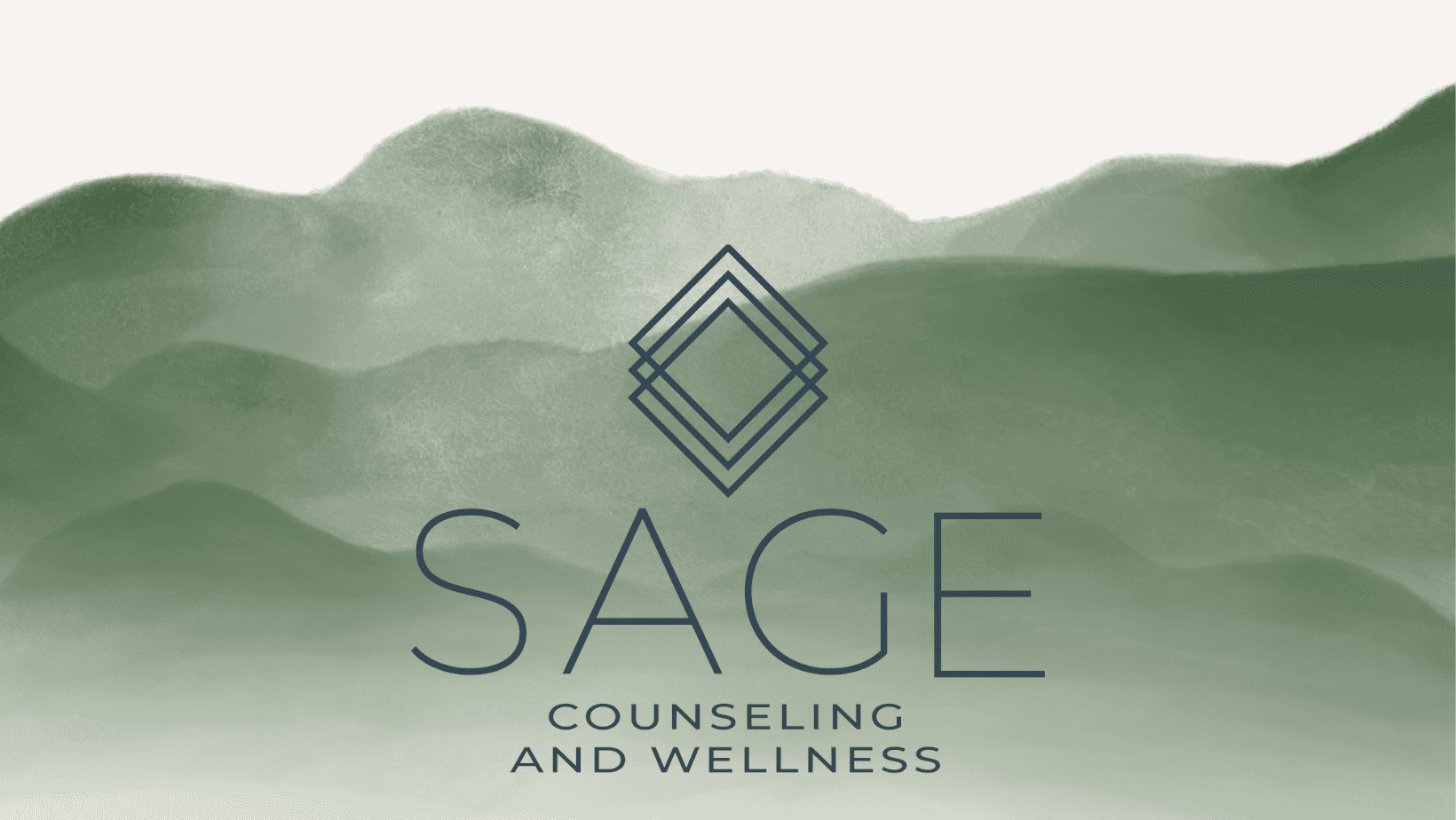
How to Stop Letting Fear Control You
This post may contain affiliate links, which means we may receive a commission, at no extra cost to you, if you make a purchase through a link. Please see our full disclosure https://sagecounselingtherapyandwellness.com/disclosure-privacy-policy-terms-of-use/ for further information.
As Halloween approaches, we see fear celebrated in all its forms—spooky costumes, haunted houses, and tales of ghosts lurking in the dark. But while Halloween is all about having fun with fear, in real life, fear can control us in far less enjoyable ways. Whether it’s fear of failure, rejection, or the unknown, letting fear dictate our choices can hold us back from living the life we truly want. In this post, we’ll explore how to take control of fear so it no longer stops us from reaching our goals.
Recognize and Understand Your Fear
Understanding your fear is the first step toward controlling it. Fear often lurks in the background, influencing decisions without us fully realizing it. To take control, you need to get specific about what you’re afraid of. Is it fear of failure, fear of rejection, or fear of the unknown? Once you’ve identified your fear, dig deeper: Why does this fear exist? Is it rooted in past experiences, cultural influences, or irrational beliefs?
For example, fear of failure often stems from past disappointments, while fear of rejection may relate to our natural desire for social acceptance. Journaling or talking with a trusted friend can help you explore the root of your fear, allowing you to see it from a clearer perspective. The goal is to transform your fear into something understandable rather than an undeveloped obstacle. Write down your fears and the reasons behind them. For each fear, ask yourself, “What’s the worst that could happen?” Then, consider how likely that worst-case scenario really is. This can help you break down your fear into something more manageable.
Change Your Mindset About Fear
We often see fear as something to be avoided at all costs, but fear can be an indicator of areas where growth is possible. Acknowledge that fear is part of the human experience—it signals that you’re stepping outside your comfort zone. By changing your mindset, you can begin to view fear not as a barrier but as a guide. Ask yourself, “What would I do if fear wasn’t a factor?” and notice how many exciting opportunities open up. Fear can become a motivator for action if you choose to see it that way. When you feel fear creeping in, challenge it. Instead of shrinking away, lean in and think of it as an opportunity. Remind yourself that many successful people experience fear, but move forward anyway. Shifting your mindset will help you stop seeing fear as the enemy.
Take Small Steps Toward Your Fears
One of the most effective ways to combat fear is by breaking it down into smaller, manageable parts. Trying to tackle fear head-on in one giant leap can feel overwhelming. But you can gradually build up your courage and confidence by taking small steps. For instance, if you’re afraid of public speaking, start small. Speak before a supportive group of friends before moving on to a larger audience. If you fear failure, set incremental goals that allow you to taste success without the pressure of perfection. Each small victory reinforces the idea that fear doesn’t have to hold you back. Over time, your tolerance for discomfort will grow, and you’ll find yourself taking bigger and bolder steps. Break down your larger fear into smaller challenges. For each one, create a plan to face that specific fear on a small scale. Celebrate your progress along the way to motivate continued action.
Practice Mindfulness
Fear often thrives on our mind’s tendency to wander into the future, imagining worst-case scenarios and unknown outcomes. Practicing mindfulness brings you back to the present, allowing you to observe your thoughts without judgment and anchor yourself in the moment. Mindfulness techniques such as deep breathing, meditation, or focusing on your surroundings can help quiet the racing thoughts that fuel fear. By training your mind to stay present, you stop fear from spiraling into overwhelming anxiety. Mindfulness also promotes acceptance—rather than resisting your fear; you can learn to sit with it and allow it to pass without controlling you. When you feel fear rising, pause and take a few deep breaths. Focus on the sensation of your breath entering and leaving your body. Notice your surroundings and tune into what’s happening right now. Ground yourself in the present, and remember that fear is just a feeling, not a fact.
Reframe Negative Thoughts
Much of fear’s power over us comes from the negative, irrational thoughts we repeat to ourselves. “I’m not good enough,” or “I’ll never succeed.” These thoughts reinforce the idea that you should stay in your comfort zone, away from anything risky or challenging. Cognitive reframing helps you identify and replace these negative thoughts with more constructive ones. For example, instead of thinking, “I’ll fail and embarrass myself,” try reframing it as, “Even if I fail, I’ll learn something valuable to help me improve next time.” Reframing doesn’t mean being overly positive or denying the reality of challenges, but it shifts your focus to what’s possible rather than what could go wrong. When you catch yourself in a negative thought loop, write down the thought and rewrite it with a more balanced perspective. Regularly practice this reframing technique to retrain your brain and weaken fear’s influence.
Fear can be paralyzing, but it doesn’t have to control you. By understanding your fears, shifting your mindset, taking small steps, practicing mindfulness, and reframing negative thoughts, you can start to reduce fear’s hold over your life. Like the spooky frights of Halloween, fear is only as powerful as we allow it to be. With these strategies, you can move past fear and open the door to new possibilities—embracing growth, adventure, and opportunities beyond your comfort zone.
To discuss how therapy could help you during this season of your life, please contact me or schedule your free 15 minute consultation.
References:
Cooks-Campbell, A. (2024, July 30). How to overcome fear and anxiety, these 7 steps can help. BetterUp. https://www.betterup.com/blog/how-to-overcome-fear-and-anxiety
Mayo Foundation for Medical Education and Research. (2018, May 4). Anxiety disorders. Mayo Clinic. https://www.mayoclinic.org/diseases-conditions/anxiety/symptoms-causes/syc-20350961
Mental Health Foundation. (n.d.). How to manage anxiety and fear. https://www.mentalhealth.org.uk/explore-mental-health/publications/how-overcome-anxiety-and-fear#:~:text=Learning%20relaxation%20techniques%20can%20help,%2C%20mindfulness%20techniques%2C%20or%20meditation.
STAND at UCLA. (2024). Understand the body’s response to Fear & Anxiety. STAND. (2023, October 17). https://stand.ucla.edu/tips/understanding-fear-and-anxiety
Want to read more? Here are a few of my related blog posts you may be interested in checking out!




0 Comments